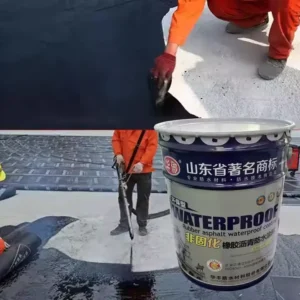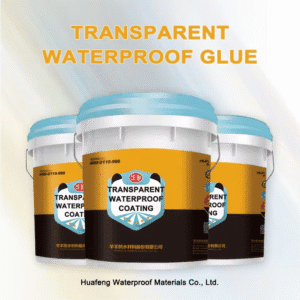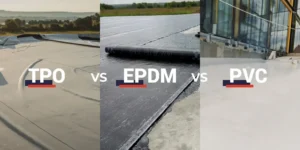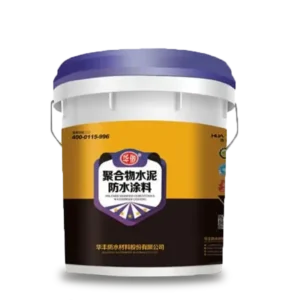As a vital component of a building, the quality of its waterproofing directly impacts the proper functioning of the elevators and the overall safety of the building. Therefore, elevator shaft waterproofing construction procedures must strictly adhere to professional standards to ensure a long-lasting and reliable waterproofing effect.
Ⅰ. Pre-construction Preparation
Before construction, the elevator shaft waterproofing design plan must be carefully reviewed to ensure it complies with relevant national building waterproofing standards and the project’s actual requirements. The design should consider factors such as the elevator shaft’s structural characteristics, functional use, and environmental conditions, and appropriately select waterproofing materials and technical measures. Furthermore, a comprehensive on-site survey of the elevator shaft should be conducted to understand the shaft structure, dimensions, location of pre-reserved holes, and surrounding conditions.
1. Substrate Preparation
Thoroughly clean the elevator shaft’s substrate to remove dust, oil, and loose debris, ensuring it is clean, dry, and flat. Any cracks, holes, and other defects require repair. Cement mortar or polymer mortar is typically used for filling and compaction, ensuring a tight bond between the repaired area and the substrate.
2. Material Preparation
According to the design plan, prepare the necessary waterproofing materials, such as waterproof coatings, waterproofing membranes, sealants, and leak-proofing agents. Select materials of reliable quality, stable performance, and compliance with national standards, and ensure they are within their expiration date. Waterproofing of the backside of a building is applicable to elevator shafts.

II. Waterproofing Layer Construction
1. Primer Application
After the base layer is prepared, apply a layer of primer first to improve the adhesion between the base layer and the waterproofing material. Apply the primer evenly and thoroughly, ensuring that the primer completely covers the base layer.
2. Laying Waterproofing Membrane or Applying Waterproof Coating
Lay the waterproofing membrane on the elevator shaft walls, bottom, and around pre-recorded openings. Before laying, pre-position the membrane to ensure it is laid flat and wrinkle-free. The membranes should be overlapped using hot melt or cold bonding methods, ensuring that the overlap width and sealing meet regulatory requirements.
When applying, follow the principle of “thin layers, multiple coats” to ensure an even coating without missing any areas. Each coat should be applied only after it has dried, until the desired coating thickness is reached. Waterproofing coatings should be corrosion-resistant, age-resistant, and have excellent waterproofing properties.
3. Special Area Treatment
Joint areas within the elevator shaft, such as through-wall pipes and pre-reserved holes, are key and challenging areas for waterproofing. Special sealants or leak-proofing agents should be used to seal these areas tightly and prevent leakage. For leak-prone areas, such as corners, non-woven fabric can be used for reinforcement to increase tensile strength.
4. Protective Layer Application
After the waterproof layer is applied, a protective layer should be applied to protect it from damage. Materials such as cement mortar and fine aggregate concrete can be used for the protective layer, and its thickness and strength should meet the design requirements. Care should be taken during application to avoid damaging the waterproof layer and ensure a tight bond between the protective layer and the surface.
5. Water-tightness Test and Acceptance
After the waterproofing project is completed, a water-tightness test is required to verify the waterproofing effectiveness. Before the test, the elevator shaft entrance and exit should be sealed, and water should be pumped into the shaft to a certain height (generally 1/3 to 1/2 of the shaft depth). The water should be left to stand for a certain period of time (generally 24 to 48 hours). It is also important to understand the precautions for the water-tightness test.
Elevator shaft waterproofing is a complex and important project involving multiple steps and factors. During the construction process, professional standards must be strictly adhered to to ensure construction quality and waterproofing effectiveness. Regular maintenance and care should also be performed to ensure the long-term effectiveness of the waterproofing layer.
Contact Us
For more information or to inquire about our waterproof floor paint solutions, feel free to get in touch with us. We’re here to help!
- Phone: +86 138 6365 6701
- Email: Huafengwaterproof@gmail.com
- WhatsApp: +86 138 6365 6701
We look forward to assisting you with all your waterproofing needs!






